On the May afternoon that Gloria Larman pulled up to Silverwater Prison in Sydney, the wheels of justice were turning slowly. The community worker and chief executive of the Women’s Justice Network (WJN) had arrived to pick up Tania*, a prisoner who was being released at 4pm. But by 5pm there was still no sign of her.
As the sky began to darken, Larman started to worry. She’d organised to take Tania to a rehab centre, which had a strict 8pm curfew. If she missed it, Tania had nowhere to stay. So, Larman hit the phones and, after two hours, managed to secure a night’s emergency accommodation. When Tania finally emerged from prison, she drove her straight there, promising to ferry her to rehab the next morning.
If Larman hadn’t been there – if Tania, a drug addict, had been released alone and homeless into the night – the evening could have unfolded very differently.
“She would have gone across the road and bought a bottle of alcohol and then been back in custody,” says Larman. “She would have been totally stuffed.”
As it was, earlier that evening, Larman had watched an alternate reality play out before her eyes, when another woman in her early twenties cautiously emerged from the prison. Unlike Tania, there was no one to meet her, and, despite the chilly evening, she was dressed only in thongs, without a jumper.
“I felt so sorry for her. It was a really cold night. I would have taken her to the station, but we couldn’t leave because we were waiting for our client to come out. It was heartbreaking.”
I felt so sorry for her. It was a really cold night. It was heartbreaking.
The last Larman saw of her, the woman was making her way uncertainly towards the bus stop, about to embark on a three-hour trip from the prison to her destination in Wollongong.
This scenario, where prisoners are released alone, at night, with little more than an Opal card and a vague idea of where to go – let alone where they’ll sleep that night – is more common than you might think, say advocates.
In fact, according to the government’s own research, nearly half of all prisoners are released into homelessness or short-term or emergency accommodation, with many unable to arrange their first night’s accommodation until after they’ve left prison.
Little wonder, advocates say, that around 45 per cent of all prisoners end up back behind bars within two years of release.
This cycle of imprisonment and homelessness is not new and it’s not unique to Australia. (In the UK it’s been dubbed “cell, street, repeat” by the media). However, soaring rents, together with a shortfall in public housing, have made it more difficult than ever for ex-prisoners to secure accommodation. And without housing, women have very little chance at turning their lives around.
“It’s crazy. It’s absolutely crazy,” says Frances Drake who works with Larman at WJN, which helps mentor prisoners as they’re released back into the community. She knows of one ex-inmate currently sleeping in a tent under a bridge, and, lately, she’s found herself giving advice about the safest places to sleep rough. “I’ve had to say ‘Go to a station or the emergency hospital area. At least there are cameras there and nothing’s going to hurt you while you’re asleep’.
Meanwhile, in Adelaide, social worker Linda Fisk of Seeds of Affinity says she is regularly being asked to procure sleeping bags for women who know they’ll be homeless after release. Last year, a Queensland woman requested to be sent back to prison because she couldn’t find suitable housing.
To justice activists, the system is baffling: why spend $147,000 (the average cost of imprisoning women per year) locking women up … only to release them into conditions that basically encourage reoffending?
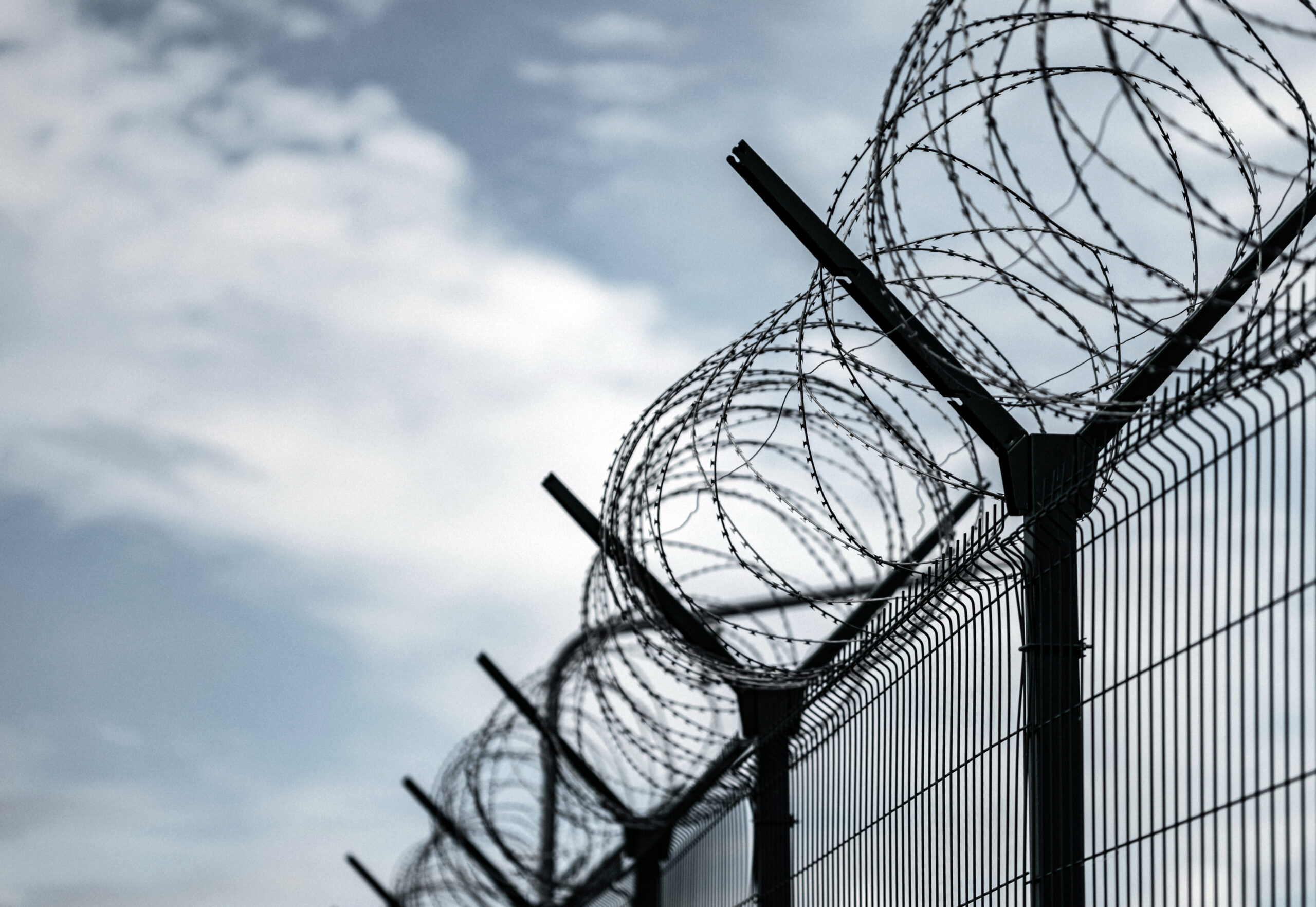

“It’s a major issue,” says Rita*, who was released from prison three weeks ago, but has served multiple sentences over the years and once lived under Woolloomooloo bridge. “For myself and so many others. People go back to DV, drug use straightaway.”
**
To understand the challenges faced by women exiting custody, it’s important to first understand exactly who Australia is imprisoning. Although female inmates make up one tenth of the overall prison population, the number is rising fast – up 57 per cent over the past 15 years – and women are overwhelmingly imprisoned for relatively minor crimes, such as resisting arrest, drug offences and breaching bail. Female prisoners are also, generally, extremely disadvantaged.
“It is those who are the poorest, with the least equity, who are the ones who go in and out of prison,” says Eileen Baldry, a professor of criminology at the University of NSW.
More than 41 per cent of female prisoners are Indigenous, and among all inmates, literacy rates are low – just one in six has finished high school. Mental health conditions are common, and 30 per cent of women are homeless when they go into prison. (Others – around 200 people in NSW alone last year – will become homeless by virtue of imprisonment when they lose their public housing tenancies.)
In a long list of troubling statistics, there are several that stand out: the vast majority of female prisoners – around 70 per cent – have been physically or sexually abused; and most (around 60 per cent) have dependent children.
It’s for these reasons that Professor Baldry says that stable housing is so vitally important for women leaving custody. Without it, she says, women will return to violent partners, and mothers won’t be reunited with their children. “There’s no way they can get access to their children or have any hope of regaining custody if they don’t have housing.”
Depressingly, once women are in the prison system, they’re highly likely to return; 73 per cent of prisoners have served time in the past.
There’s no way they have any hope of regaining custody if they don’t have housing.
If there’s one thing that social workers, academics and governments agree on, it’s that the system isn’t supposed to work this way. Around the country, there are myriad government-funded and volunteer-run programmes operating inside and outside prisons aimed at lifting women out of disadvantage.
In NSW, according to the Department of Communities and Justice (DCJ), women serving sentences of longer than three months are given “case plans and referrals” to “address post-release issues” before they leave custody. Those serving shorter sentences are “expected to participate” in a one-on-one or group exit screening. There is also a wide range of programmes designed to connect prisoners to housing before they leave custody.
The problem is that, too often, the system doesn’t work the way it should, say advocates. “What is supposed to happen in theory is very different to what happens in practice,” says executive director of the Justice Reform Initiative Dr Mindy Sotiri. “So, when you speak to people who have been to prison, they will say ‘Nobody came to talk to me, nobody helped me at all.’ We know that people walk out the prison door all the time without anybody having supported them to find housing.”
Rita says that, at times, the most support she was offered consisted of a list of phone numbers. “They give you pamphlets and say, ‘This is the date you’re getting released. Thank you. Bye. Onto the next one.’”
They give you pamphlets and say, ‘This is the date you’re getting released. Thank you. Bye. Onto the next one.’
Part of the issue is that a large proportion – 40 per cent of female prisoners – are held for short periods while on remand while awaiting sentencing. “So, these women don’t get access to many programmes because they’re sort of in a holding pen,” says Dr Sotiri.
If women do leave custody homeless, they (like any homeless person in NSW) can call the state’s 24-hour phoneline Link2home to request emergency accommodation – usually low-cost motels.
(Social housing is hard to come by – there’s currently a five-to-10-year waiting list in NSW – and there are just 13 beds in the entire state dedicated to female prisoners exiting custody.)
Although there’s no cap on the nights of temporary accommodation women can receive, they often have to pack up everything they own every few days and head into Centrelink to reapply. (“It’s basically a full-time job,” said one social worker.) Advocates add that some accommodation providers are notoriously unsafe and magnets for drug abusers.
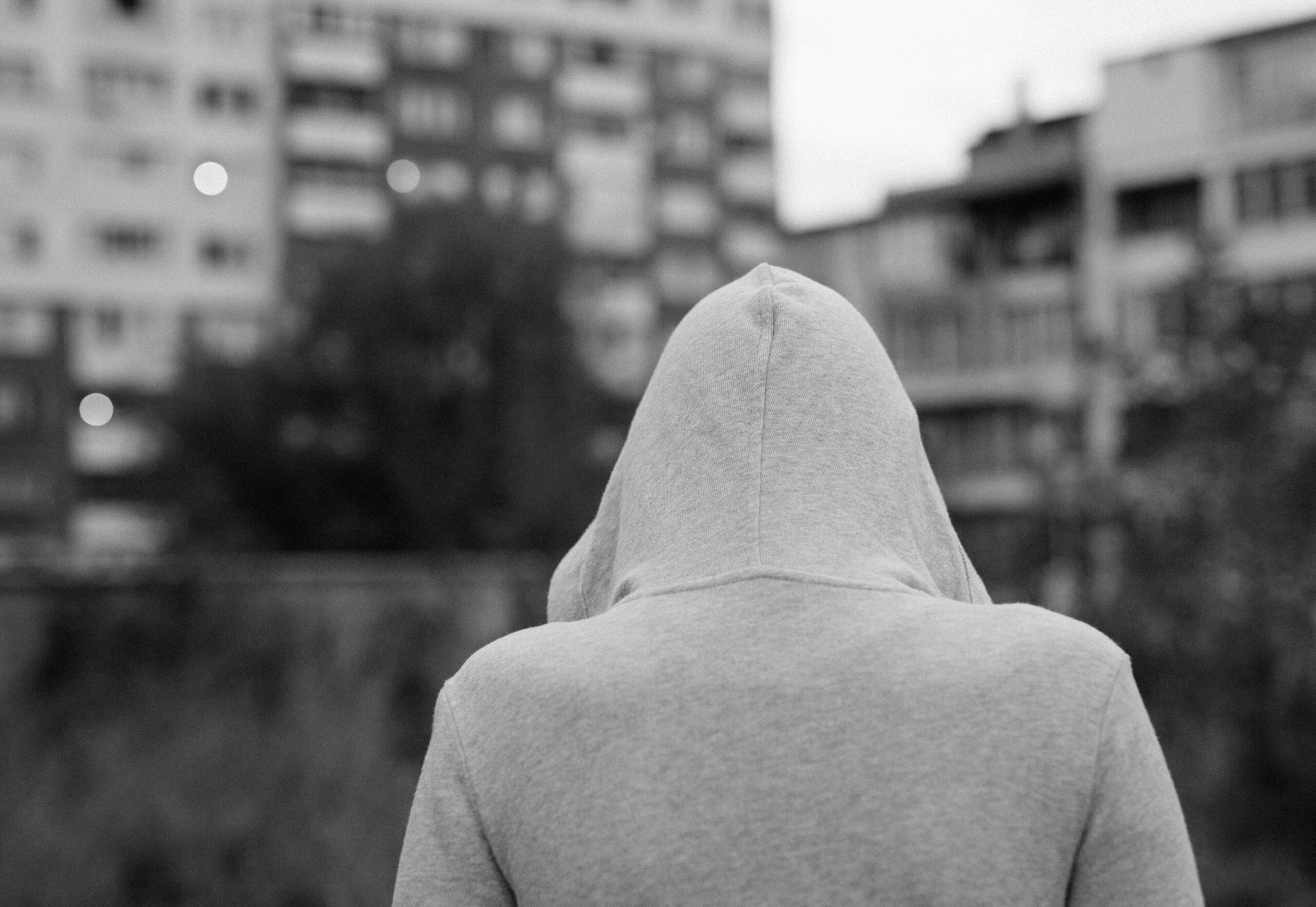

And that’s if women can get through to Link2home; prisoners and advocates that PRIMER spoke to have often experienced long wait times.
In February, WJN’s Frances Drake spent hours on the phone to Link2home trying to find accommodation for a woman who had just been released. However, it was the weekend that Taylor Swift was touring and there was no accommodation. “I ended up finding her a place near Liverpool, because she needed to get her medication from there. But she was $100 short, which I paid. Otherwise, she was going to be sleeping on the street.” Six months later, that woman is sleeping rough.
Naomi*, 44, was released from prison last year, with little more than an Opal card, the clothes she was wearing and a renewed resolve to turn her life around.
Having been in and out of prison for most of her life (starting with imprisonment after a car crash that left her with a broken back and including heroin supply) she no longer sees her parents and had no one to meet her at the prison gates.
On the day of her release, she made her way to Central Station to pick up a mobile phone arranged by the daughter of an inmate. Then she sat in a park opposite to ring Link2home – only to find that the computer system was down. She tried to keep calm. “It was stressful,” she says now, explaining that she had tried to organise housing while in prison, but it didn’t eventuate.
It wasn’t until several hours later, at 6pm, that Link2home found her temporary accommodation.
Advocates argue that releasing vulnerable inmates like Naomi into the community without any certainty around where they’ll sleep that night sets them up to fail.
The first few days and weeks after release can be difficult and lonely, says Dr Sotiri. “You have to remember, these women often have absolutely nobody in their corner. They often have absolutely no money, they’re trying hard to stay away from their support networks because their support networks may be using drugs or doing crime, so they’re often very isolated.”
You have to remember, these women often have absolutely nobody in their corner.
Kat Armstrong still remembers the day she was released from Emu Plains Prison 20 years ago. With no one to meet her, she walked to the nearest Centrelink. “I’ll never forget it as long as I live. I’d set such a high bar for myself, thinking ‘I cannot fail this time’. But it was just constant thoughts of ‘What am I going to do? How am I going to do this? Where am I going to stay tonight?
“I was emotional the whole day, going through extreme anxiousness, crying and sobbing to anger. It was a rollercoaster of a day, and if I’m honest a rollercoaster for the next three to six months. I never knew what was going to happen to me,” says Armstrong, who is now the business manager at Success Works, which helps prisoners find employment.
I was emotional the whole day, going through extreme anxiousness, crying and sobbing to anger.
For inmates, finding somewhere to sleep is just one task in a long list of urgent priorities. They might need to visit a bank, check in with Centrelink or a parole officer, find a GP if they’re on medication or a pharmacist if they’re taking methadone.
“They generally have to provide photo ID, birth certificates, and if they’ve been homeless, or incarcerated quickly – if their possessions are lost – they have to get identification set up,” says Marisa Moliterno of The Miranda Project, which supports female prisoners in Western Sydney. “And that’s before they’ve tried to reconnect with their children, which is often the first thing women want to do.”
Most only have the clothes they’re wearing and, to complicate matters, some are released at night and on public holidays. (DCJ would not confirm how often this occurs, except to say that prisoners can request that their release be delayed.)
This would be a herculean task for anyone, but for women leaving prison it’s especially challenging.
“These women don’t have the social skills that we do. They can’t express themselves,” says Drake, who points to one woman she is currently working with. “Her schooling was virtually zero. She can’t even fill out forms. There are so many [agencies] where they’ll say ‘Sit, and if you’re going to be rude, we’re not going to help you or I’ll hang up on you.’ It’s so disrespectful. These women are scared. The only way they know how to do anything is to yell over the top of people because they’ve always had to do it.
“When [women] come out of prison, they are not ok. A lot of them have learned behaviours – coping skills – to survive prison.”
These women don’t have the social skills that we do. They can’t express themselves.
To understand just how difficult it is to survive the conditions in some prisons, you only have to read a recent report by Peter McClellan AM KC, a former judge of the NSW Court of Appeal.
He investigated the “dysfunctional” culture at Sydney’s Dillwynia Women’s Prison following the discovery that senior prison officer Wayne Astill had sexually assaulted at least 14 inmates between 2009 and 2019.
According to McClellan’s report, released in February, Dilllwynia “failed the inmates’ need for a stable, secure and safe environment.” In addition to Astill’s criminal behaviour, “the culture, practices and procedures within the gaol… were inadequate and inappropriate” with “foul language used by staff towards prisoners…”.
To stop women churning through the prison system, advocates say that widespread cultural change is required inside correctional facilities. They also want to see more investment in housing and community-led initiatives that offer “wraparound” social support.
At WJN, mentors work with inmates while they’re still inside prison. When they’re released, they’re there at the gates waiting to take them to accommodation, and they’re on hand to visit social services and advocate for them – even just have a cup of coffee with them. “The mentor becomes a really integral part of their release,” says Drake.
WJN claims a 93 per cent success rate of preventing women from going back to prison. The Miranda Project at the Community Restorative Centre (CRC) in Sydney’s Penrith boasts similarly positive results, nearly halving the rate at which women return to prison.
After a lifetime of churning in and out of custody, Rita says that it has been working with CRC that has finally made her feel like she has a chance at life. “My mindset is different, and the support that I’ve had has been tenacious and consistent.”
The work of organisations like WJN and CRC is intensive. While some social workers (including those being recruited by the government to address domestic violence) might work with 80 women a year, CRC staff only take on 12 to 20. And unlike most government programmes, which are typically 12 weeks long, The Miranda Project works with women for 12 months. As a result, places are limited and waiting lists are long. “[What we do] is a drop in the ocean in relation to the need,” says CRC CEO Alison Churchill.
It’s is a drop in the ocean in relation to the need
Although agencies like CRC say that their work ultimately saves the government millions in reduced recidivism, their work is largely funded by philanthropy.
The Miranda Project receives two-thirds of its funding from the Paul Ramsey Foundation, and a new refuge operated by the Women’s and Girls’ Emergency Centre (WAGEC) for inmates, especially mothers, exiting custody is funded with the help of the Judith Neilson Foundation.
Professor Baldry, who has the patient but weary air of someone who has been repeating the same facts for many decades, says there is lack of political will to invest in female prisoners. “[Politicians] are afraid of the political implications of being seen to be soft on crime or being seen to support criminals.”
That’s the wrong way to look at it, says the CEO of WAGEC, Nicole Yade. “People will say, ‘Nic, why are you working with women exiting prison? They’ve done the wrong thing.’ And I look at it a bit differently. For me, I’m working with survivors of childhood sexual abuse. I’m working with adults now, but children who never got the support they needed to recover from those experiences of abuse and domestic violence.”
Know more about this story? Contact anna@primer.com.au
Are you or someone you know experiencing violence? Help is available at 1800 RESPECT.




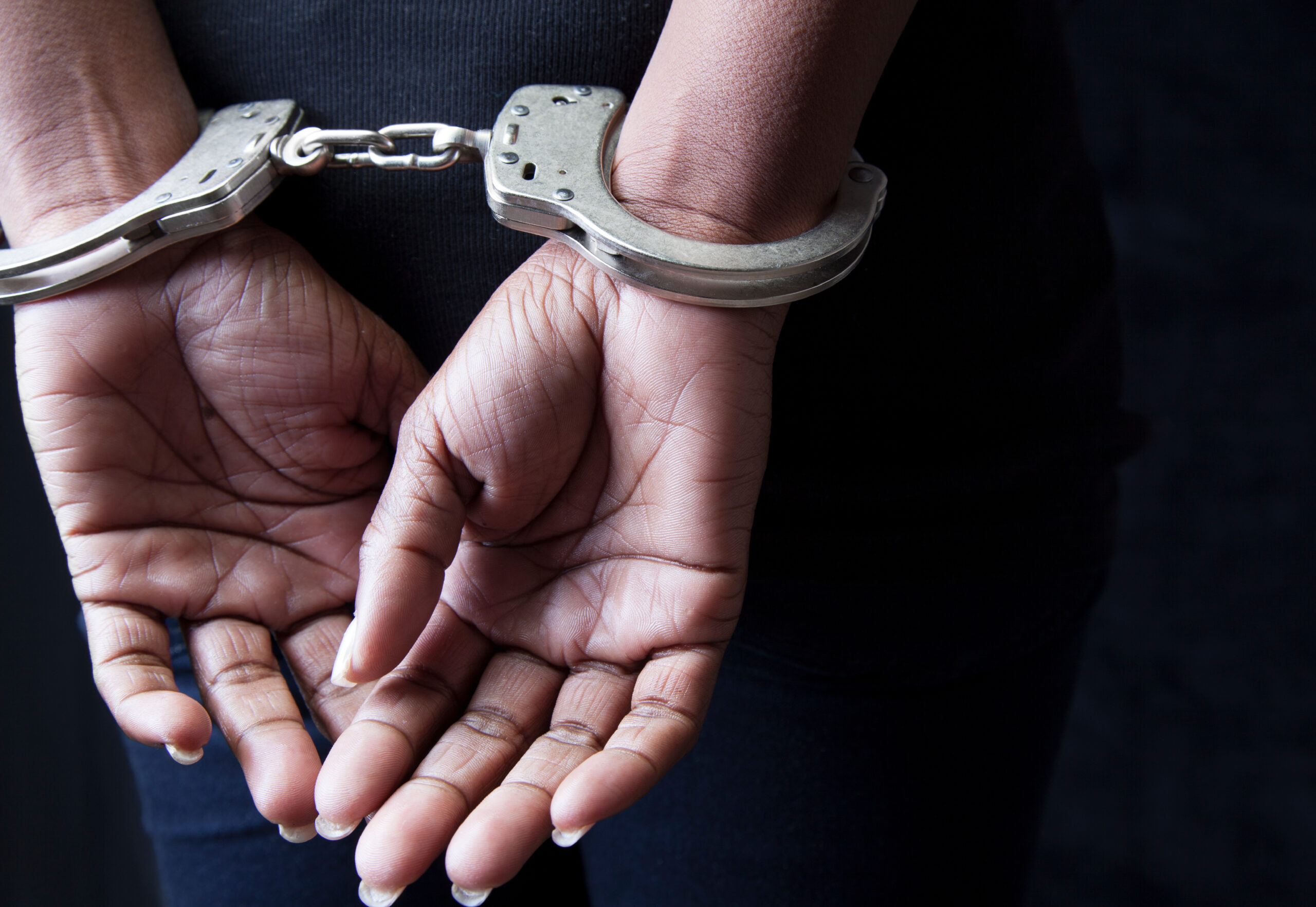
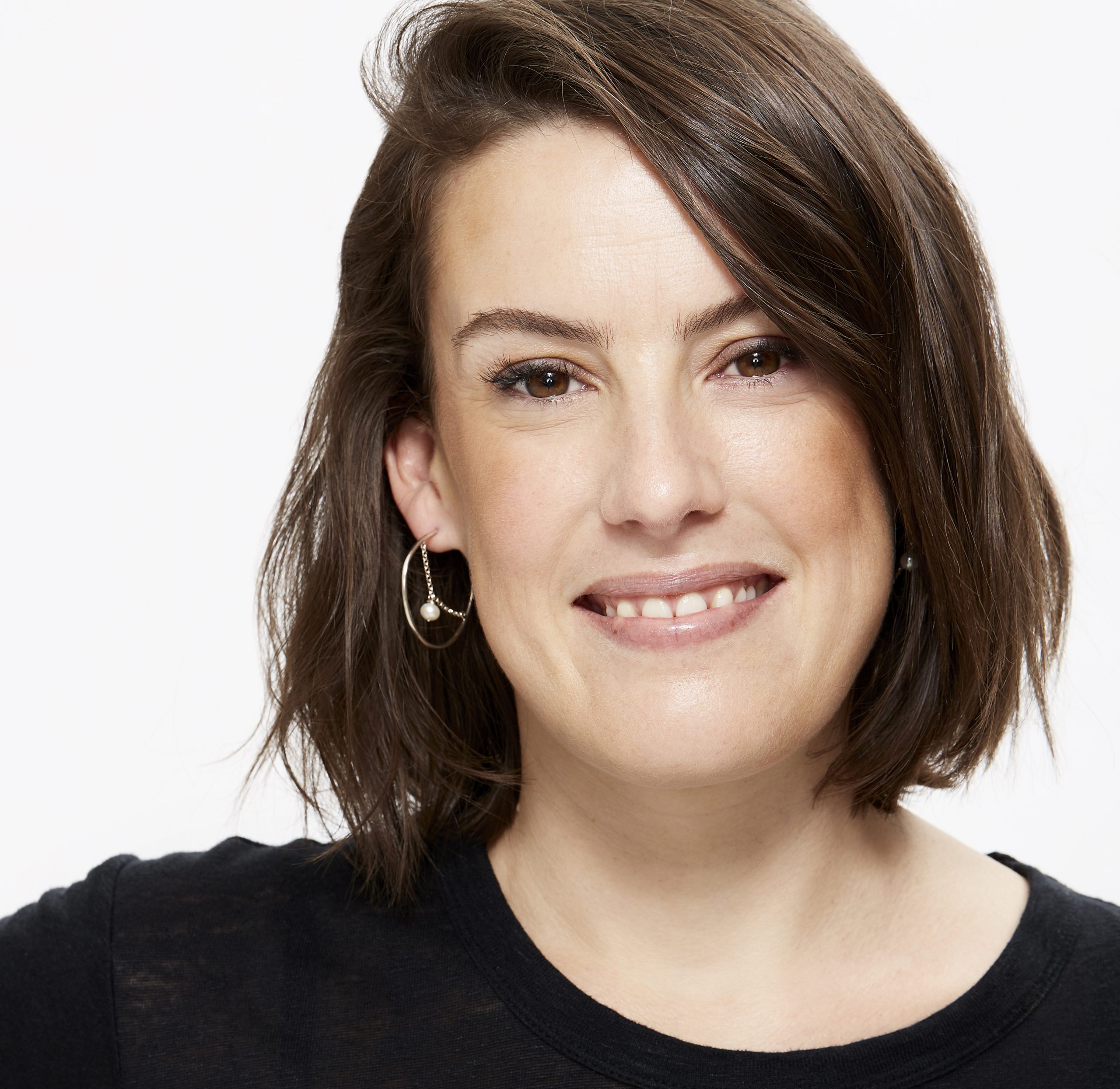

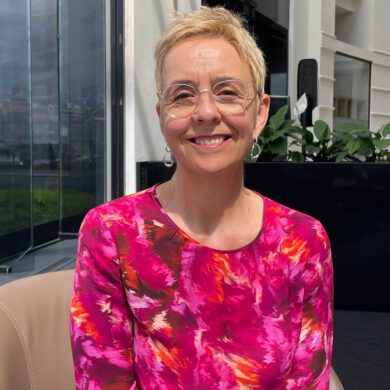
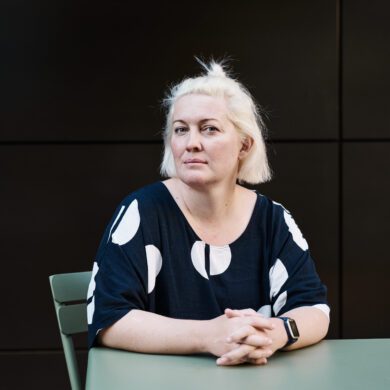


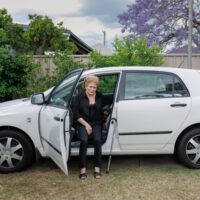
No Comments